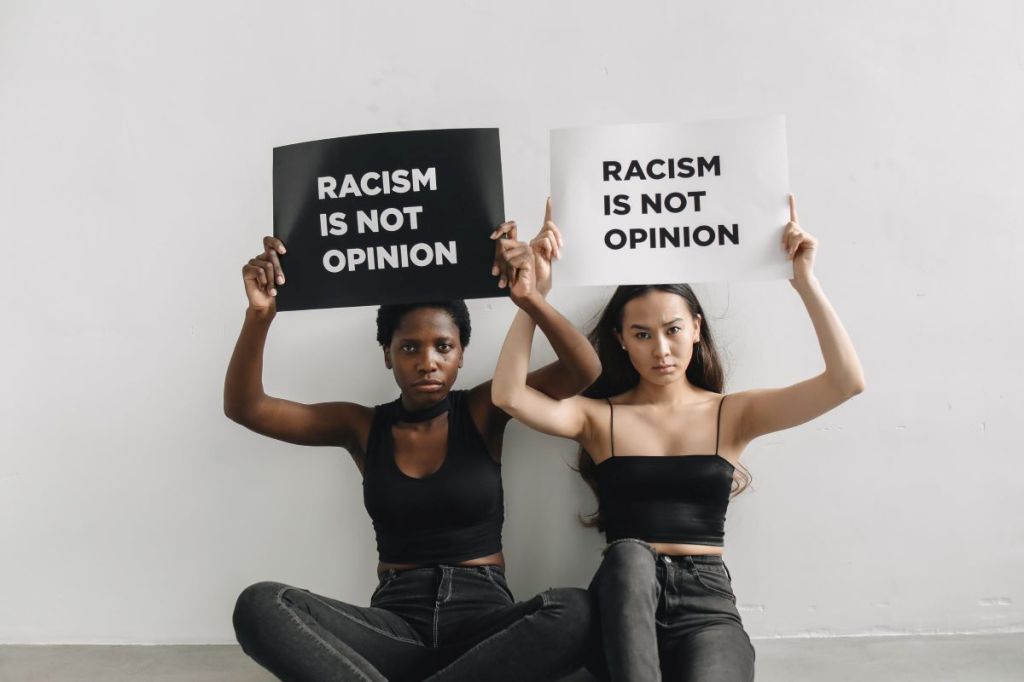
Photo by Polina Tankilevitch
A tale of love, identity, and cultural struggle set in 19th-century American literature, the historical fiction Why by Marvin V. Blake emerges as a captivating masterpiece. The threads of love, choices, and the complexities of a nation in turmoil are artfully woven together in this book.
Transporting readers to the enchanting backdrop of Virginia’s Rosewood Plantation in 1847, the novel unfurls the story of two sisters, Mandy and Sarah. They journey across the complicated landscape of a society deeply entwined with the norms of racism and racial status.
As the narrative unfolds, the pages come alive with vivid hues of emotions and decisions, painting a picture of a bygone era and the resilient spirits navigating its challenges.
Why by Marvin V. Blake beckons readers into a world where the echoes of history and the choices of individuals blend seamlessly, creating a timeless narrative that resonates with the human experience. Let’s dive further into the book.
The Variety of Three Cultures: White Planter Society, Enslaved Communities, and Plains Indians
The book unfolds in a landscape dominated by three co-existing cultures, each with unique challenges and struggles.
The Opulence of the White Planter Society
Against the backdrop of a privileged elite, Blake masterfully illuminates the stark contrasts between the extravagance of the South’s 19th-century White Planter Society and the harsh realities faced by those bound in the historical chains of slavery.
The narrative dissects the societal chasm, laying bare the racial hierarchies that defined the era.
The Oppressed Communities of Black Slaves
In the shadows of opulence, the novel vividly portrays the anguish of enslaved black communities.
Through Mandy’s eyes, readers witness the dehumanizing effects of racism and racial status, prompting introspection into the profound scars etched on the fabric of American history.
The Noble Nomadic Society of Plains Indians
Adding a layer of cultural richness, the nomadic plains Indians emerged as a third cultural force. Blake skillfully incorporates their nomadic hunter-gatherer society, offering readers a window into a world defined by its own set of values.
This cultural juxtaposition challenges preconceived notions and fosters a deeper understanding of the diversity that shaped 19th-century America.
Mandy’s Dilemma: The Potency of Love
At the heart of the story in Why by Marvin V. Blake is the dilemma faced by Mandy, one of the sisters, who must navigate the intricate web of choices dictated by love and loyalty. The essential part of her decision lies in the tension between her lifelong love for her sibling and the unexpected romance that blossoms with a Comanche Warrior.
This choice forces Mandy to confront not only her personal desires but also the societal constraints imposed by the racial status quo of the time. As the story goes on, we follow Mandy’s personal struggles, which mirror the nation’s outer chaos fueled by racial tensions.
The book becomes like a mirror, showing how racism deeply affects people and their connections. Mandy’s inner battles represent the bigger clash in society, where characters deal with the biases rooted in their cultures.
Confronting Racism and Racial Status
As Mandy’s journey unfolds, readers are confronted with the pervasive nature of racism and racial status that spread through every facet of 19th-century American society. The novel becomes a mirror reflecting the stark realities of racism and its profound effect on individuals and their relationships.
Blake challenges readers to confront their own biases and assumptions, sparking a call to introspection on the enduring impact of systemic inequality.
A Timeless Reflection on Human Resilience
To sum it all up, Why by Marvin V. Blake stands tall as evidence of human strength and durability, prompting readers to reflect on the intricacies of societal norms, cultural diversity, and the universal yearning for love and acceptance.
Through the lens of Mandy’s internal conflict, the novel serves as a poignant reminder of the human capacity to confront racism, navigate identity, and pursue personal truth in a world marked by cultural strife.
Blake’s narrative prowess leaves an indelible mark, urging us to ponder the profound question: what drives our choices and defines our humanity in a world torn by division?
Feel free to visit Marvin V. Blake’s website to delve deeper into the author’s other blogs or to obtain a copy of his book Why.
